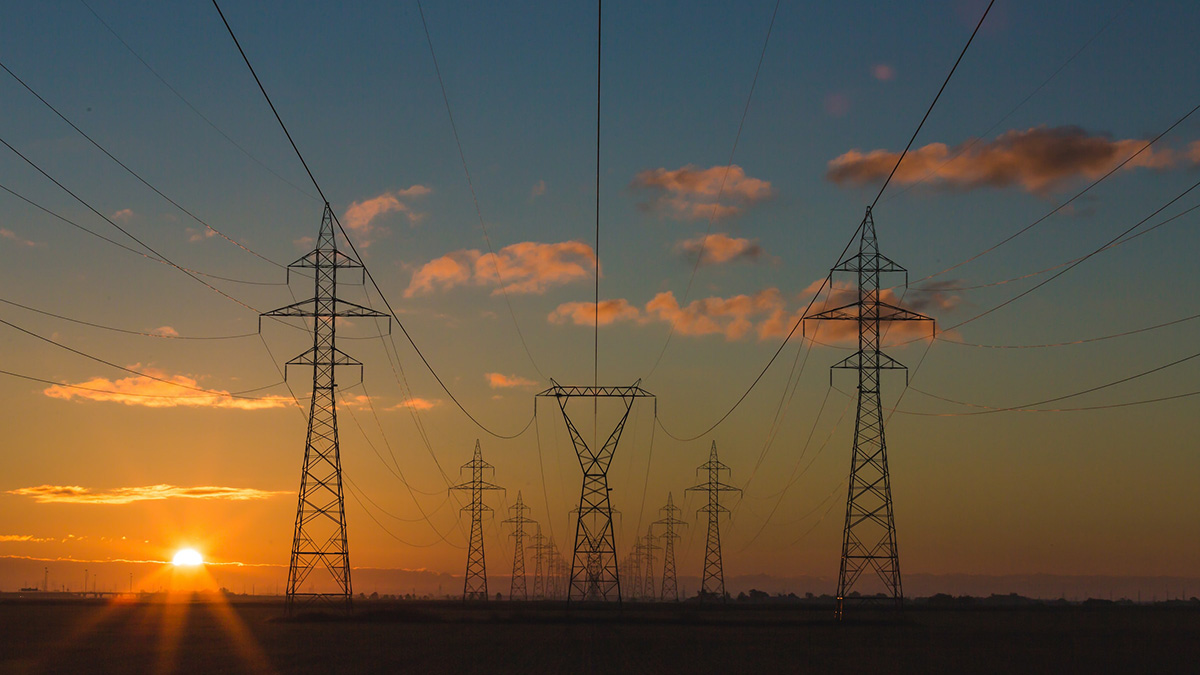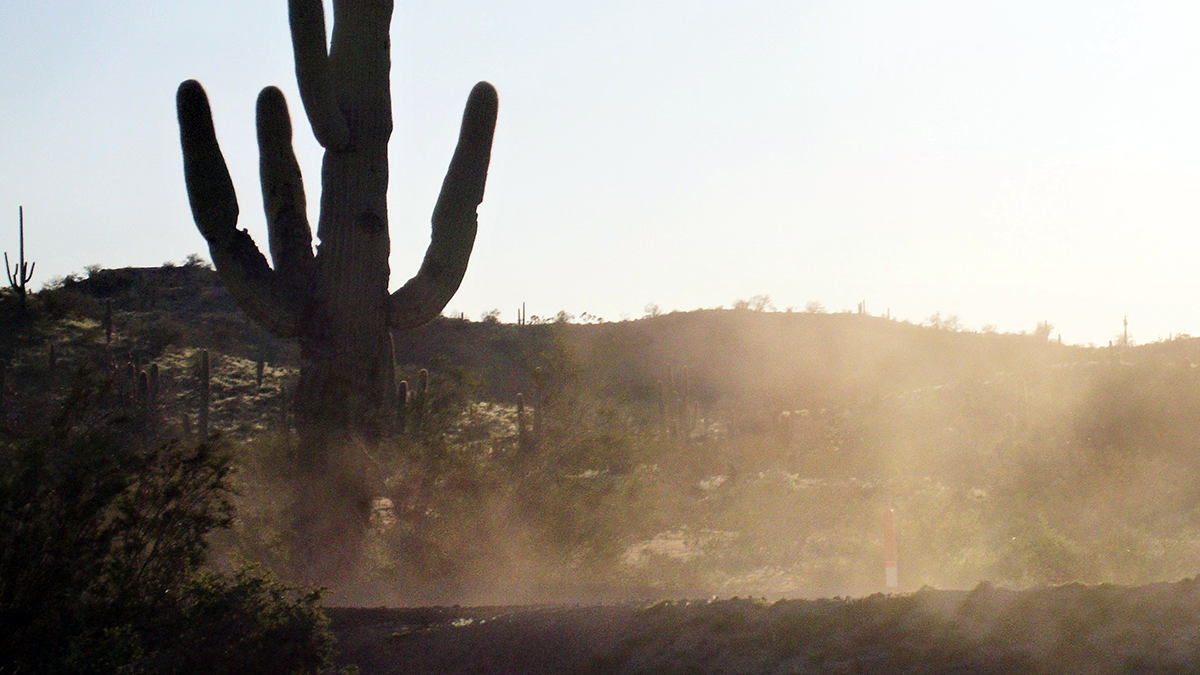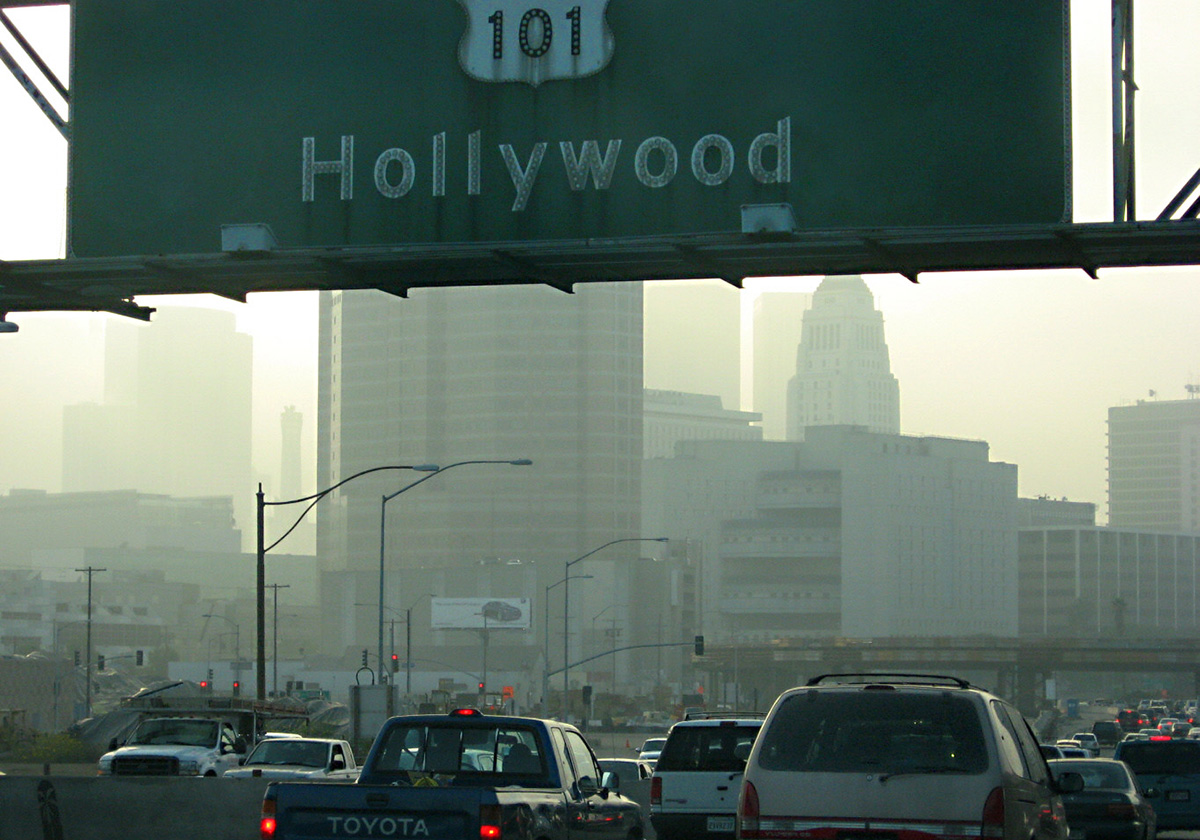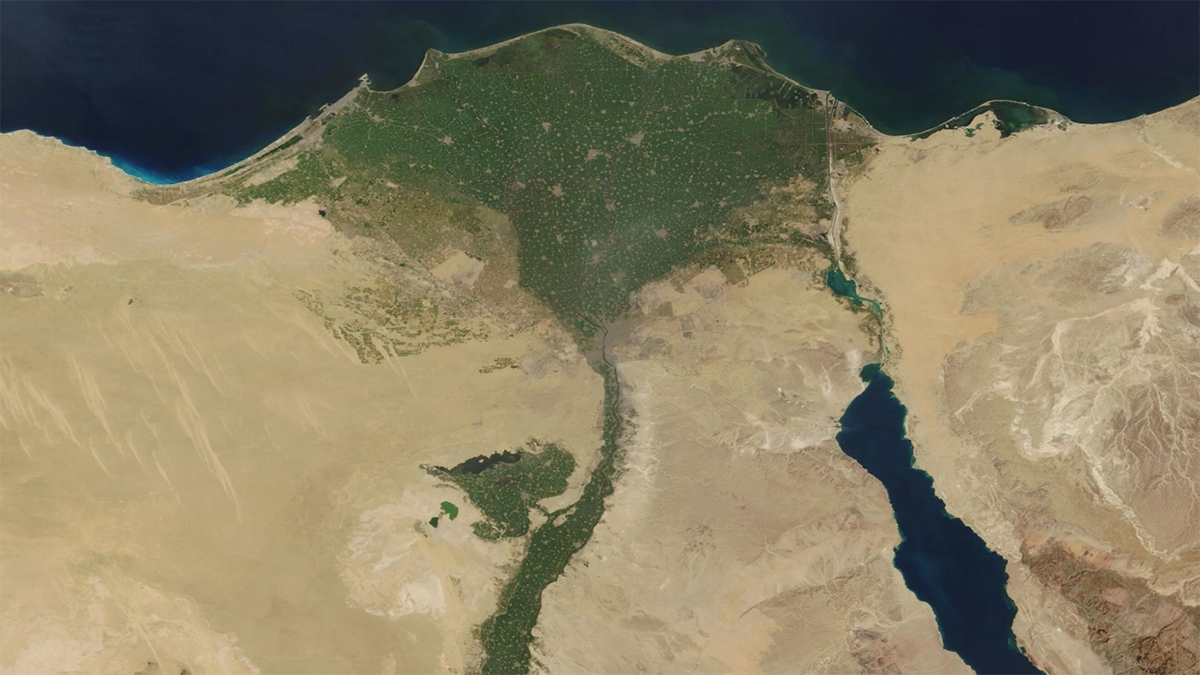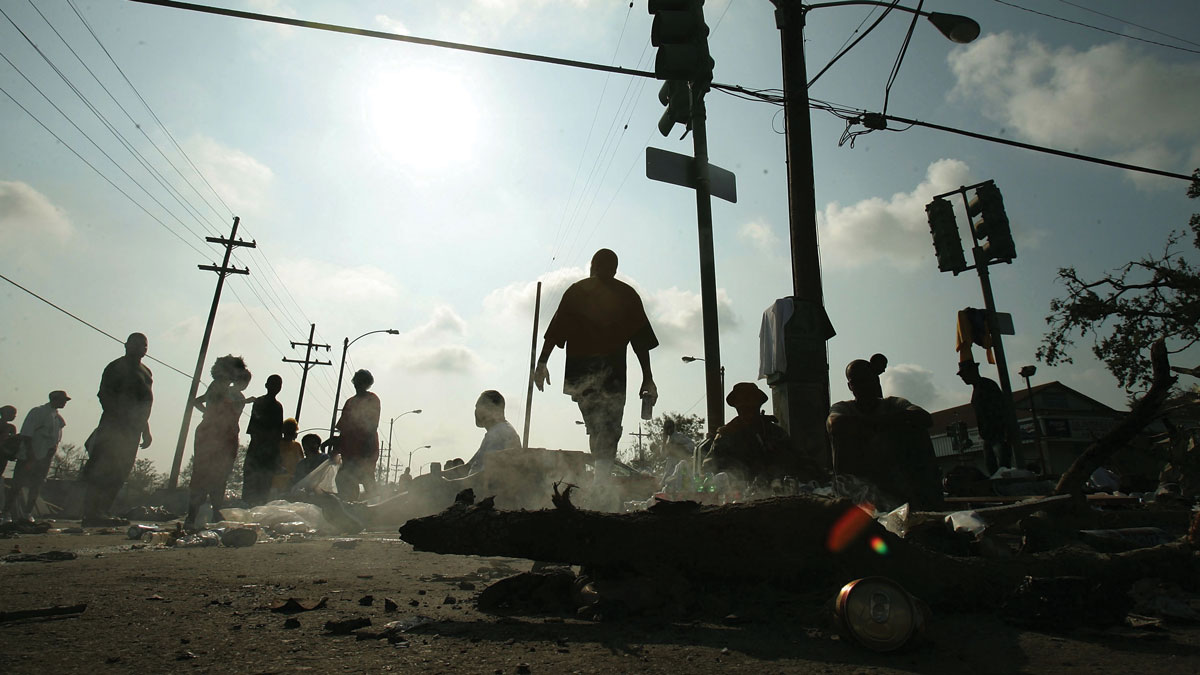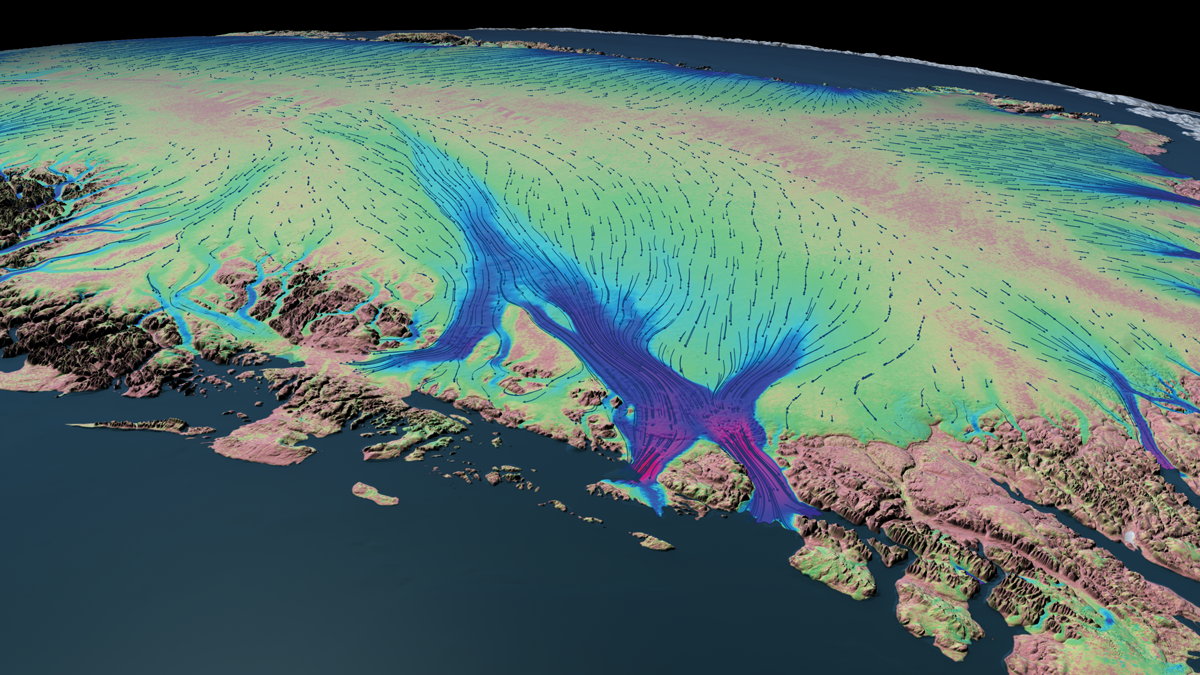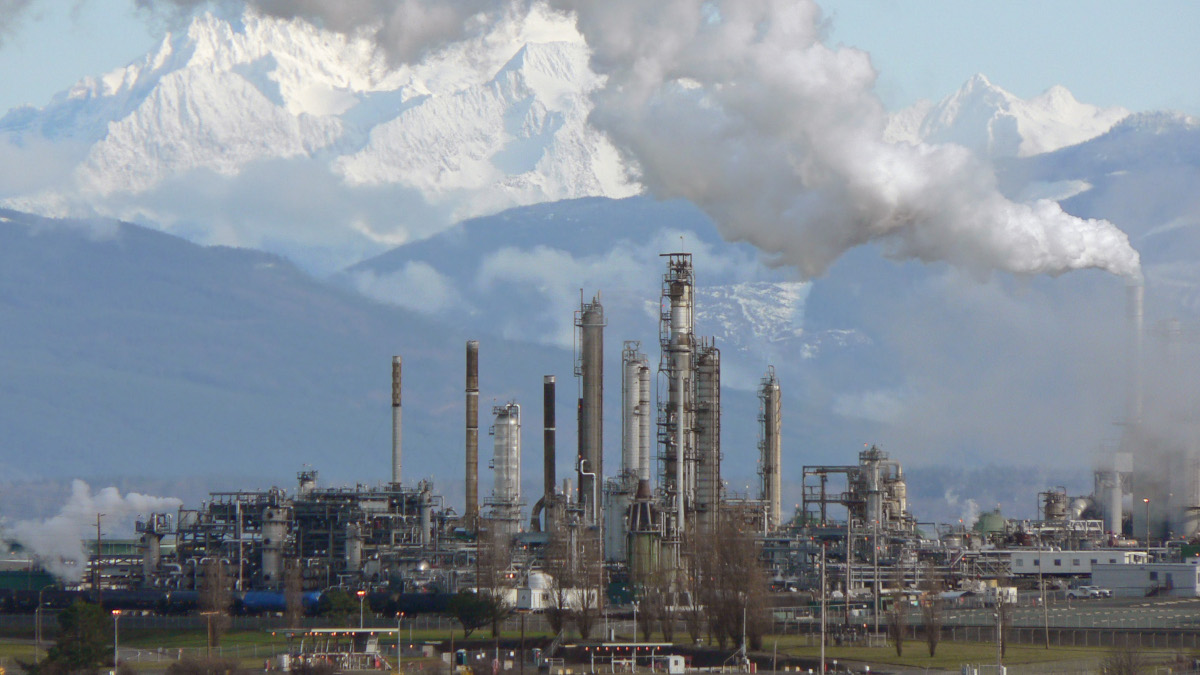Knowing where fire retardant lands once it’s dropped from a plane is hard to pin down. A new remote sensing approach offers clues.
geohealth
Summer Heat Waves Could Cause Blackouts Across the Country
Higher than normal temps could strain grids that are not used to unprecedented heat waves.
Danger in the Dust! The Hazards of Windblown Dust
Airborne dust not only causes disease, it also menaces transportation on land, sea, and air; disrupts renewable energy systems; transports pathogens and toxic substances; and poses many other hazards.
الفوائد الصحية العالمية من تحقيق مرحلة صفر انبعاثات
إن خطط الحد من ظاهرة التغير المناخي ستقلل من تلوث الهواء وهو ما سيفضي إلى إنقاذ مئات آلاف الأرواح في العقود القادمة.
Fine-Tuning Air Pollution Models
InMAP estimates air pollution within cities, but its predictions are flawed for specific chemicals. Now, scientists are addressing that shortcoming.
Heat Waves: A Growing Threat to Society and the Environment
With heat waves expected to worsen in the 21st century it is essential to take stock of our current understanding, knowledge gaps, and to set research priorities.
مراقبة تراكم الملوثات من المعادن الثقيلة في دلتا النيل
تُظهر نتائج تحاليل العينات أن إعادة استخدام مياه الصرف بدون معالجة والتوسع في إنشاء السدود يسبب زيادة تركيز المعادن الثقيلة الملوثة في دلتا النيل مما يهدد بشدة سلامة النظام البيئي والصحي والإنتاج الزراعي في مصر.
The Mental Toll of Climate Change
Researchers are more quickly acknowledging the many ways in which the global climate crisis is affecting our mental health.
The Fast and the Curious
Scientists get up to speed on phenomena ranging from fast moving atmospheric plasmas to a quickening glacial pace on Earth.
EPA Air Pollution Proposal Stirs Debate
The agency’s proposal to tighten standards for small-particulate pollution has prompted opposing calls for tighter and looser regulations.


